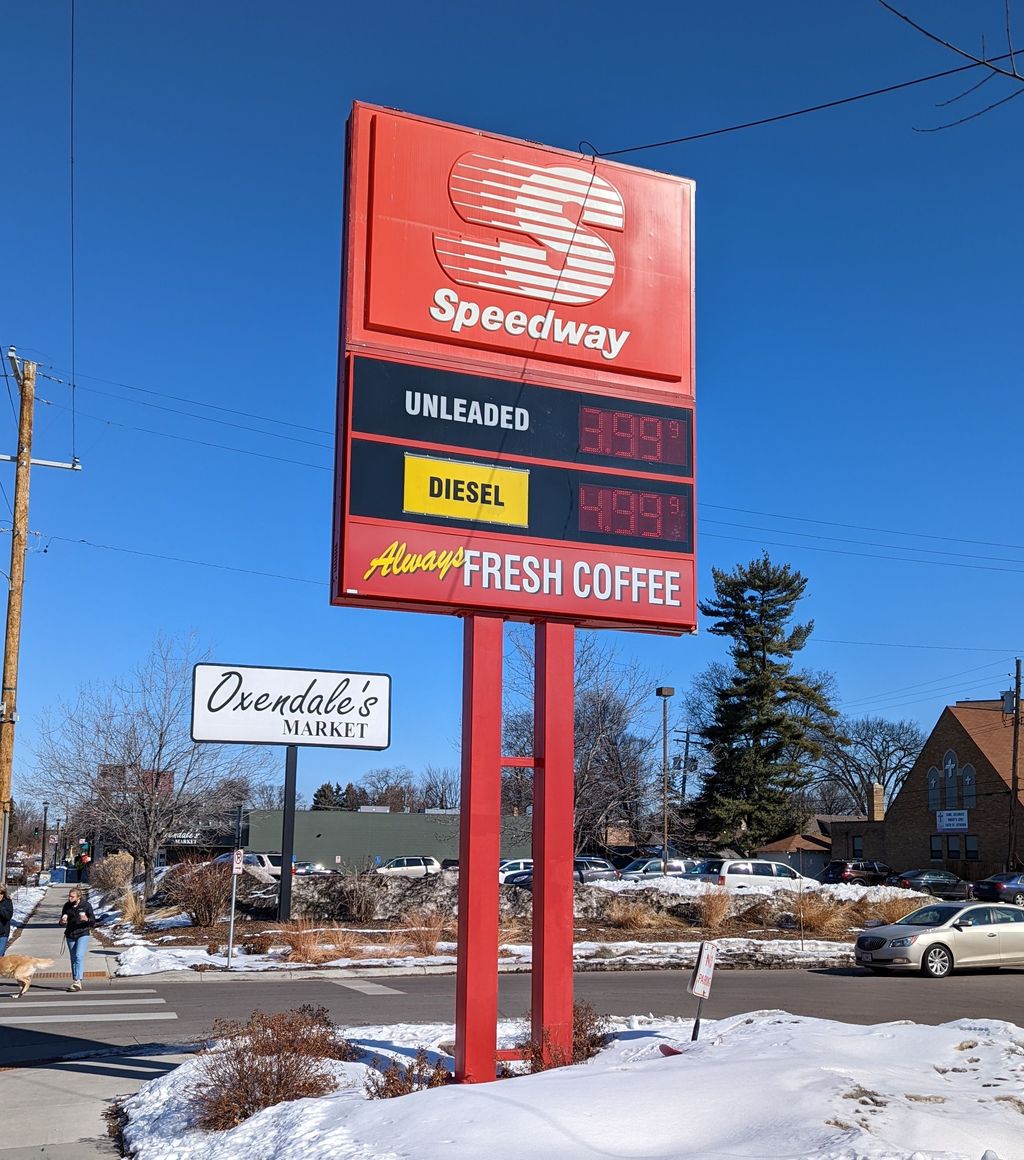
Gas prices seem to be on a never-ending roller coaster, and with every price hike, drivers are left wondering how to make the most of every gallon. It’s a little mind-blowing how much money we waste on fuel, without realizing how easy it is to get better gas mileage. The good news? You don’t need to buy a hybrid or electric vehicle to save on fuel. A few smart habits and maintenance tricks can help improve your car’s gas mileage and keep more money in your pocket.
Actions as simple as properly inflating tires and taking off the bike rack can each add a mile or two to the gallon. But add proper vehicle maintenance into the mix, like removing excess cargo and using the correct octane gas, and suddenly, a collection of little tweaks adds up to big savings at the pump. We’ve put together our favorite tips, plus those from six other experts, for this comprehensive guide on how to get better gas mileage.
In this first part of our guide, we’ll tackle immediate changes you can make to your driving style, essential checks you should perform regularly, and smart choices that will start saving you money right away. These aren’t just minor adjustments; they are proven strategies that contribute significantly to stretching every gallon further. Get ready to transform your daily commute and weekend drives into a masterclass of fuel efficiency.

1. **Adopt Smooth Driving Habits**Fast takeoffs and sudden stops are among the biggest fuel-wasting habits. Rapid acceleration forces your engine to work harder, burning more fuel. Brandon Hartman, founder of RV Heating Warehouse, notes that “Jerky or aggressive driving, with sudden acceleration and hard braking, makes the engine work harder and is a sure way to lower your gas mileage.” He also warns that it “eats up your breaks and can harm your engine.”
Instead, accelerate gradually and coast to a stop whenever possible. Making sure you’re driving as smoothly as you can goes a long way in helping save on gas. Frank Bisciotti, editor-in-chief at RealTruck, suggests practicing predictive driving by looking a few steps ahead to anticipate changes in traffic flow and obstacles, such as slower-moving vehicles, before you have to hit the brakes.
This consistent cruising avoids unnecessary braking and acceleration, which in turn reduces fuel consumption. It also helps maintain smoother traffic flow on the roadway. Refrain from putting the pedal to the metal, since “hard acceleration will cost you another 20 percent in gas mileage.”
Ralph Robert, an expert writer for the Way.com app, advises manual transmission drivers to master shifting gears at the optimal RPMs. Shifting early or late overloads the engine, and higher RPMs cause your car to use more fuel. Robert says, “You can listen to the car’s engine to know when to shift.” He also adds, “Alternatively, you can look at the RPM meter. You are over-revving your engine if your car redlines on the RPM meter or the engine strains to move forward.”
Finally, driving at a moderate speed is key. Most cars achieve peak fuel efficiency at around 50-60 mph. Every 5 mph over 60 mph can reduce fuel economy by 7-10%. Chris “Moose” Pyle, an automotive expert with JustAnswer, provides a real-world example: “Driving 100 miles at 70 mph takes 1 hour and 25 minutes. Doing that same stretch at 65 mph takes just seven minutes longer. If your car gets 20 mpg at 70 and 25 at 60, and gas is $5 a gallon, that means you saved $5 during those extra seven minutes.” Pyle concludes, “That comes out to be like $42 an hour, so driving slower is a good-paying job.”
Read more about: Unlock Your EV’s Full Potential: 12 Simple Secrets to Maximizing Winter Range and Battling the Cold
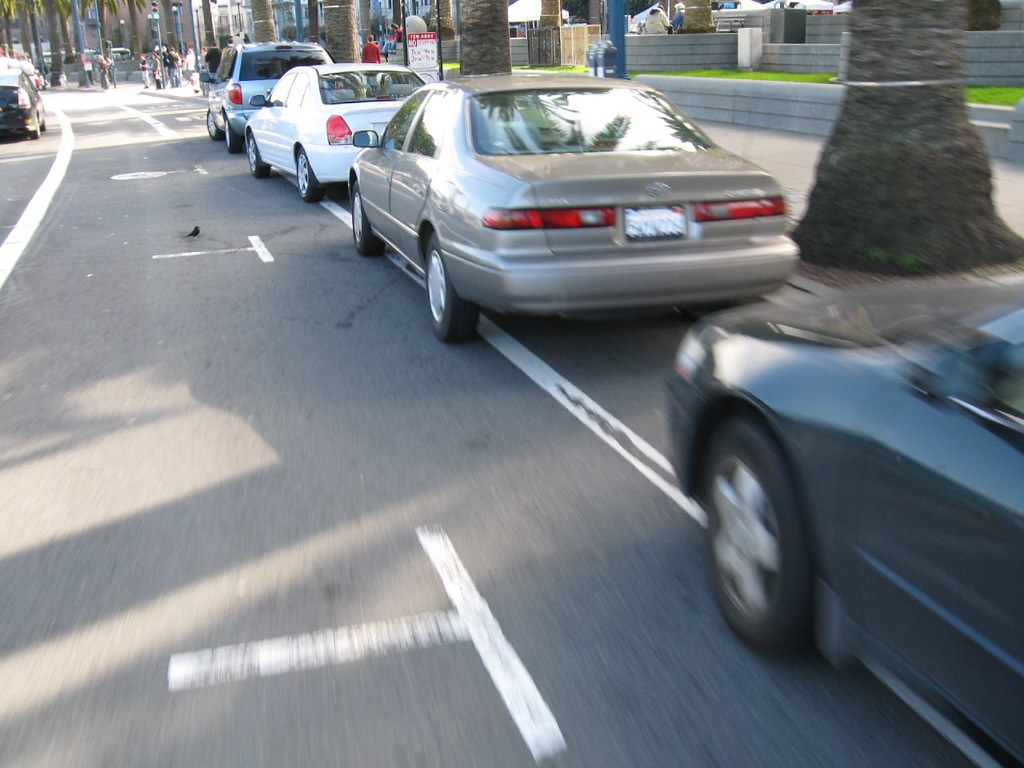
2. **Avoid Excessive Idling**Idling burns fuel without getting you anywhere, and it creates unnecessary pollution. If you expect to be stopped for more than a minute or two, turn off your engine. Modern engines don’t need long warm-up times, so idling your car before driving isn’t necessary. As Robert puts it, “Idling is not serving any purpose other than creating more pollution.”
In fact, Robert states, “idling your car uses more fuel than it takes to turn off and restart your car.” Many new cars come with a start-stop button or automatically shut down the engine when it starts idling, specifically to reduce wasted fuel. This feature is a testament to the efficiency gains from avoiding idle time.
Frank Bisciotti adds that modern vehicles are efficient at starting up, so turning off the engine while stationary is a smart move to save gas. While remote start features are great for cold mornings, he advises using them sparingly, as “overuse wastes fuel.” Minimizing idling is a simple habit that yields tangible fuel savings.
Read more about: Audi A4: Hidden Gems or Money Pits? A Deep Dive into Model Year Reliability for Savvy Buyers
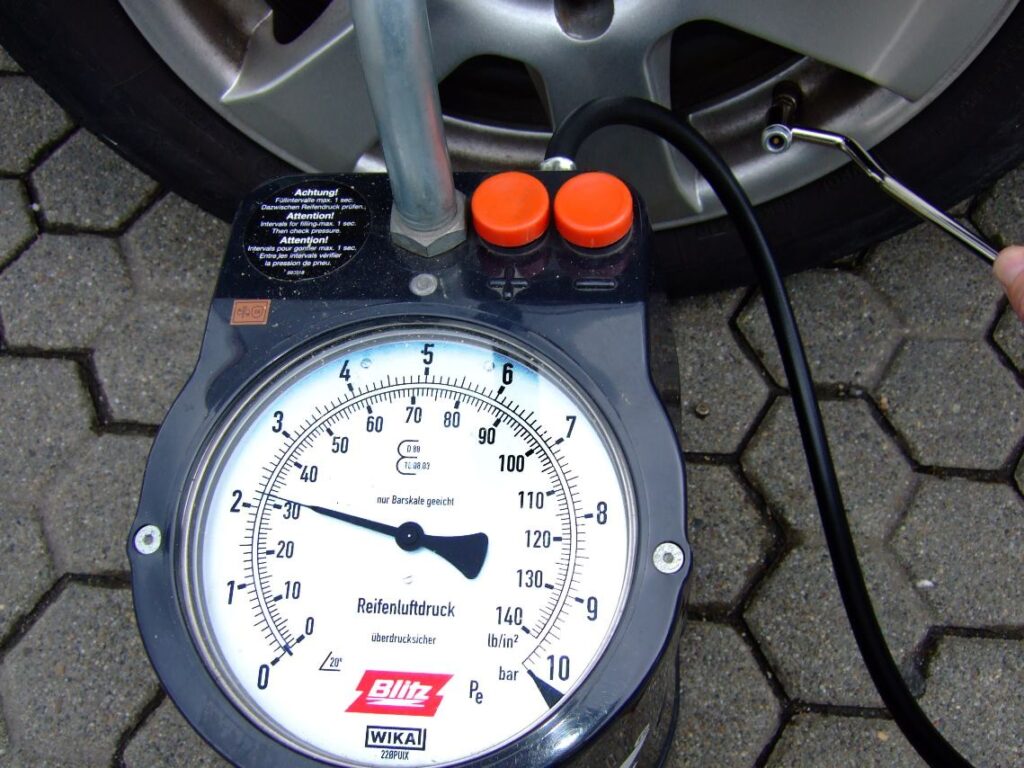
3. **Maintain Proper Tire Pressure**More than a quarter of passenger vehicles have at least one underinflated tire, and low tire pressure is a significant drain on fuel efficiency. Underinflated tires create more rolling resistance, making your engine work harder to move the vehicle. This can cost you hundreds of dollars in fuel annually, plus it causes tires to wear out more quickly.
John Vorisek, founder at Repair Surge, notes that one reason tires are often underinflated is for a softer feeling ride. However, that comfort also jeopardizes safety, as it reduces handling and can cause blowouts. Proper tire inflation is crucial for fuel efficiency, safety, and the overall performance of your vehicle. Under-inflated tires have a larger contact area with the road, which increases rolling resistance.
According to the U.S. Department of Energy, “for every 1 PSI drop in pressure in all four tires, gas mileage can decrease by 0.2%.” Under-inflated tires also wear out more quickly on the edges. Conversely, over-inflated tires have a smaller contact area, leading to decreased traction and a harsher ride, and they wear out more quickly in the center.
To maintain proper tire pressure, check your tires regularly, at least once a month and before long trips, using a reliable tire pressure gauge. Inflate them to the recommended pressure shown on the decal inside the driver’s door or in your owner’s manual. This optimal PSI is typically between 30-35 PSI for most passenger cars. Remember to check pressure when tires are cold and adjust for temperature changes, as pressure can decrease by about 1 PSI for every 10°F drop.
Read more about: Unlock Your EV’s Full Potential: 12 Simple Secrets to Maximizing Winter Range and Battling the Cold
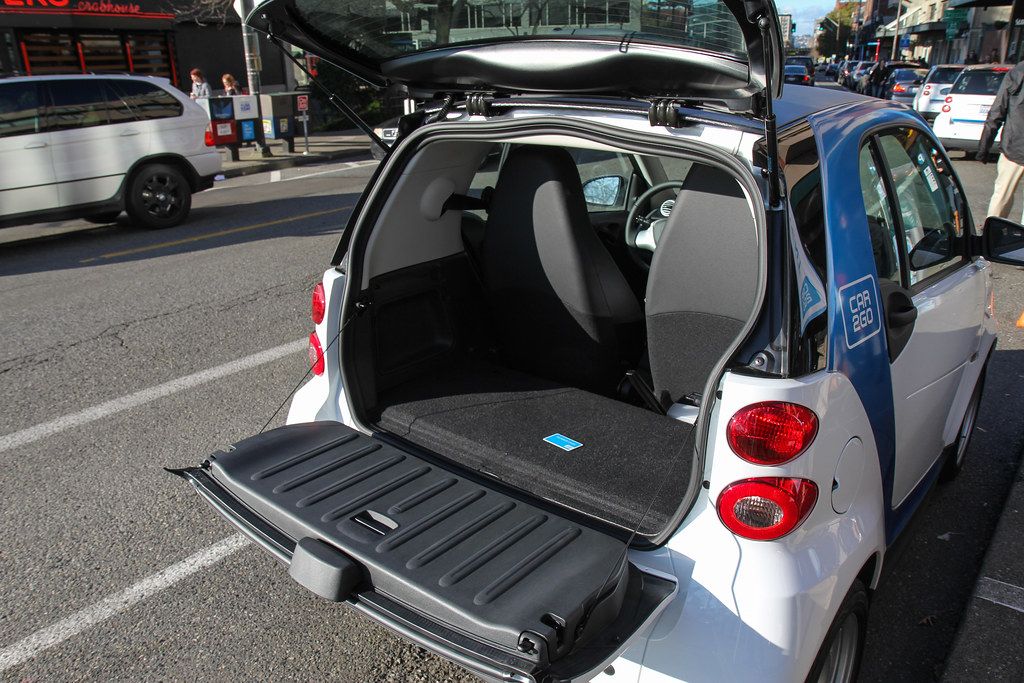
4. **Reduce Excess Weight & Remove External Accessories**Carrying unnecessary weight in your vehicle is a direct hit to your gas mileage. The more weight you have in your car, the worse your gas mileage will be and the more strain you’ll put on your engine, brakes, and suspension. Every extra pound your car carries requires more energy to move, which translates into higher fuel consumption.
Brandon Hartman emphasizes, “Be diligent about not leaving items on the car’s roof or trunk.” He explains that “heavy cargo increases the amount of power your car needs to move.” If you regularly carry a lot of weight, Robert suggests buying a car with adequate boot space and towing capacity so that “the car will be capable of carrying extra weight without affecting gas mileage.” Every 100 pounds of extra weight can reduce fuel economy by about 1%.
Similarly, external accessories like cargo pods, bike racks, and even roof racks significantly increase aerodynamic drag and add weight. When you’re not using them, remove them. Frank Bisciotti points out that “swapping a heavy, fixed rack for a sleek, retractable tonneau can reduce drag and save fuel.” Opt for lighter accessories, such as bed and floor liners, when possible, to further minimize your vehicle’s overall weight.
Read more about: Decoding the Dreaded Oil Guzzle: 9 Critical Engine Issues That Emerge Beyond 80,000 Miles
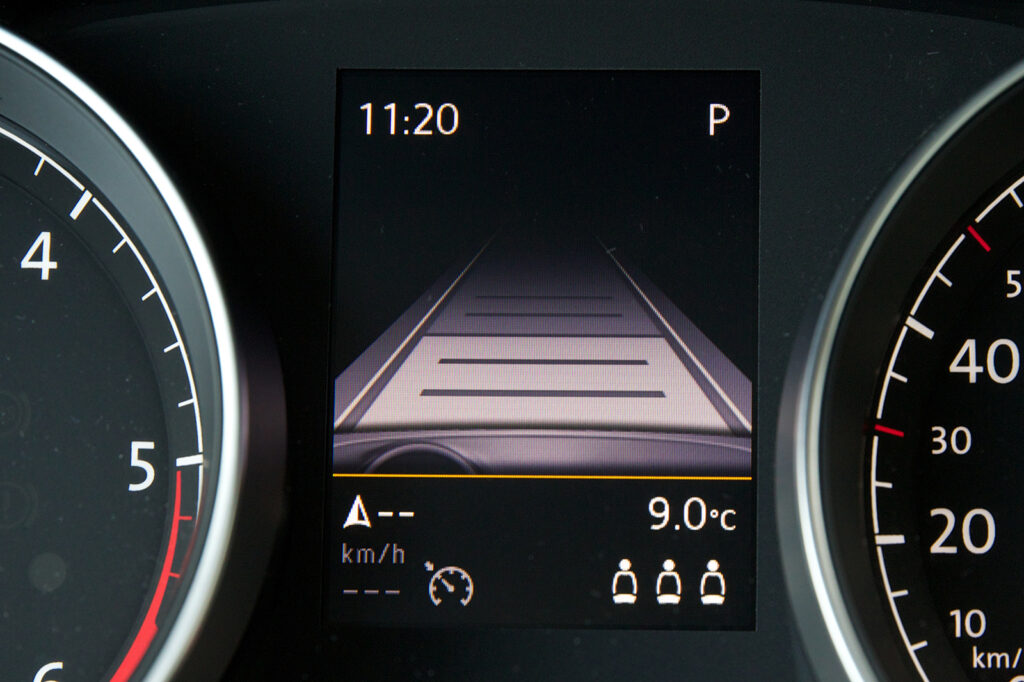
5. **Use Cruise Control Strategically & Manage AC**Cruise control can be a friend to your gas mileage, but only when used wisely. On long highway trips, using cruise control helps maintain a steady speed, which prevents constant fluctuations that waste fuel. Keeping your car at a consistent pace prevents unnecessary acceleration, leading to better fuel efficiency. This is because constant fluctuations in speed waste fuel.
However, always turn off cruise control when you’re in a hilly area. As Chris “Moose” Pyle explains, “The car does not know if you are going uphill — it only knows you want to do X speed, so it will apply more and more throttle to maintain that speed.” He suggests that “controlling the throttle by foot and losing five mph on the uphill will result in saving a few ounces of fuel per hill.” This nuanced approach ensures you reap the benefits without the drawbacks.
When it comes to climate control, there’s a popular misconception. Kevin Oliff, general manager at AutoNation BMW Buena Park, advises, “Roll up those windows when you hit the open road.” He explains that “when driving fast, opening your windows creates drag, reducing your car’s engine efficiency.” While using the AC does draw power from the engine and reduces gas mileage, Robert notes that “it’s not as much as having the windows open” at highway speeds.
Still, you can save even more energy by turning off heating and air conditioning when you don’t need them. Modern AC systems are more efficient, but they still consume fuel. Limiting their use, especially for short trips or when temperatures are mild, contributes to noticeable savings. Balancing comfort with efficiency is key, and on the highway, windows up and AC on is often more efficient than windows down.
Read more about: Unpacking the Volvo XC90’s Unrivaled Safety: An In-Depth Look at 11 Essential Features for the Discerning Consumer
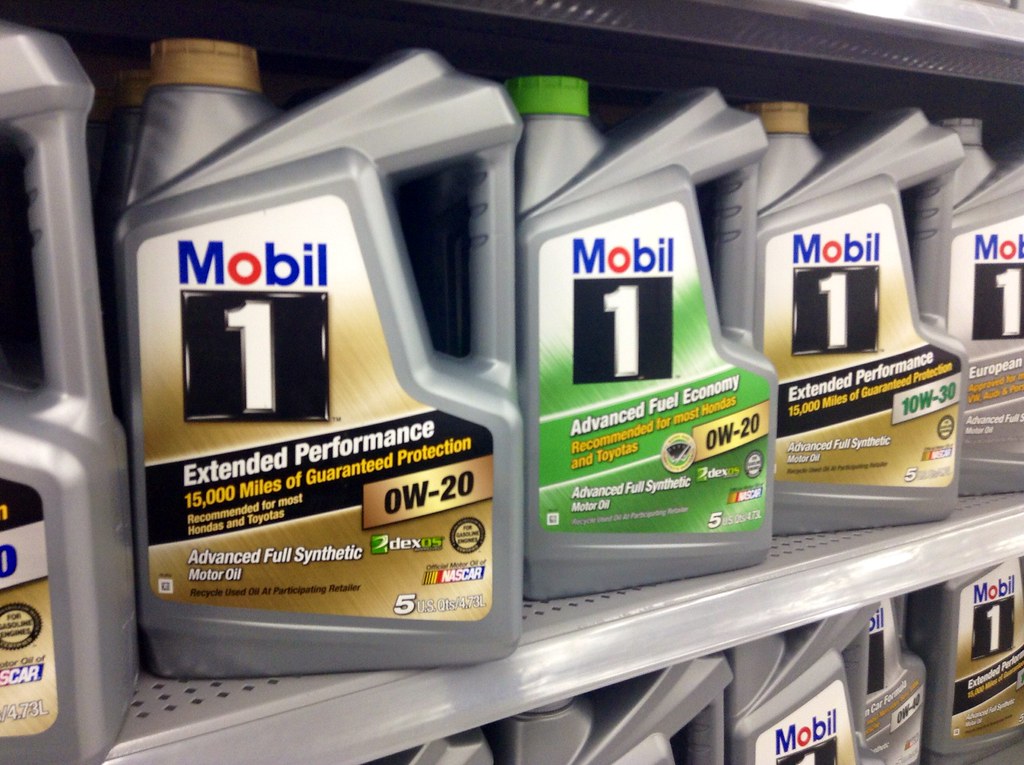
6. **Choose the Right Fuel Grade & Motor Oil**What grade of fuel you use will affect your gas mileage, but that doesn’t necessarily mean you should always reach for the most premium octane. Instead, go with the octane recommended by your car’s manufacturer. Frank Bisciotti cautions, “Using premium fuel in an engine that doesn’t need it doesn’t boost performance or mileage, just your expenses.” He advises to “stick to the manufacturer’s recommended grade for optimal efficiency and cost savings.”
Similarly, using the right motor oil is a critical factor in maintaining your car’s fuel efficiency and overall engine performance. Motor oil lubricates moving parts, reduces friction, and helps dissipate heat. The correct type and grade can significantly improve your car’s miles per gallon (MPG). Motor oil grades like 5W-30 or 10W-40 indicate viscosity, which affects how well it flows at different temperatures.
Always refer to your car’s owner’s manual for the recommended oil grade. “Using the manufacturer-recommended oil ensures optimal engine performance and fuel efficiency.” Look for oils that meet American Petroleum Institute (API) certification standards. The right oil reduces internal engine friction, allowing it to run more smoothly and efficiently, thereby improving fuel efficiency. It also enhances engine protection, ensuring easier cold starts, and maintaining optimal engine temperature.
Some motor oils, labeled “Energy Conserving” by the API, are specifically formulated with friction-reducing additives to enhance fuel efficiency. When choosing between synthetic and conventional oils, synthetic oils offer superior performance, especially in extreme temperatures, providing better protection and often improving fuel efficiency with longer service intervals. Conventional oils are less expensive but may not offer the same level of protection. Synthetic blends offer a balance of both. Regular oil changes, following manufacturer intervals typically every 3,000 to 5,000 miles for conventional and up to 7,500 miles for synthetic, are essential.
Read more about: Before the SUV: A Deep Dive into 15 Iconic 1970s Station Wagons That Defined Family Freedom and Automotive Character
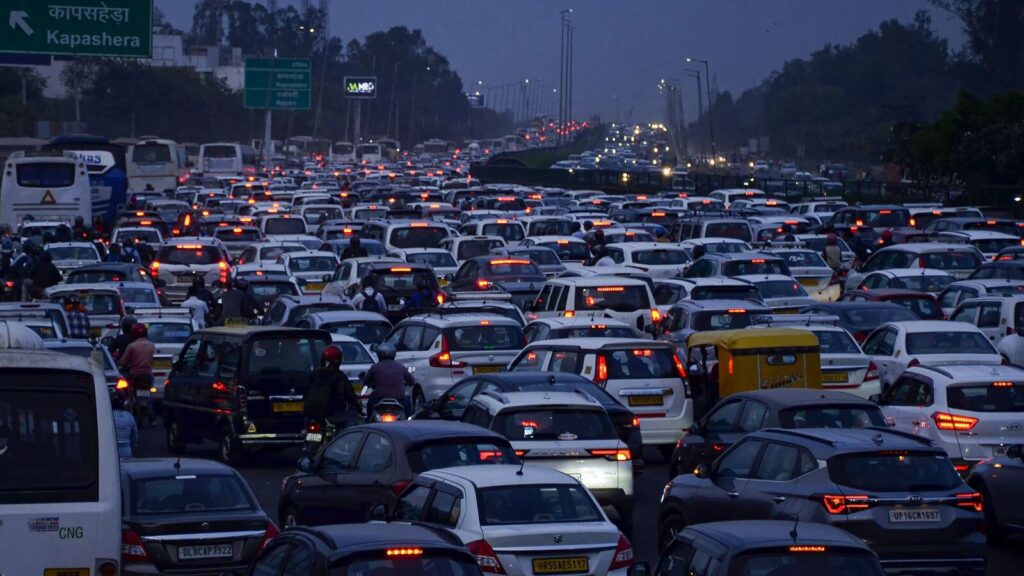
7. **Plan Your Trips Efficiently & Avoid Heavy Traffic**Strategic trip planning can dramatically reduce your fuel consumption. Consolidating errands and planning the most efficient routes helps you avoid unnecessary driving. Cold starts use more fuel, so grouping errands together reduces the number of times your engine has to warm up. Using GPS apps with real-time traffic updates can also help you avoid congested roads.
Avoiding heavy traffic is almost impossible for everyone, but it’s a powerful way to improve your car’s overall gas mileage. When you are stuck in traffic, the engine has to work overtime, which uses more gas. Robert notes, “However, if you can avoid stop-go traffic routes whenever possible, you can consistently build up and improve your car’s overall gas mileage.” For manual transmissions, all that shifting in traffic also creates extra wear on your gearbox and clutch.
By planning your routes to bypass known congestion points and combining multiple stops into a single, well-organized trip, you minimize the time your vehicle spends idling or in stop-and-go conditions. This not only saves fuel but also reduces wear and tear on your engine and transmission. It’s a proactive approach to driving that pays dividends at the pump and in overall vehicle longevity.
Read more about: The 15 Most Common Reasons Your EV Charging Station Might Fail: A Consumer Reports Guide to Reliability and Solutions
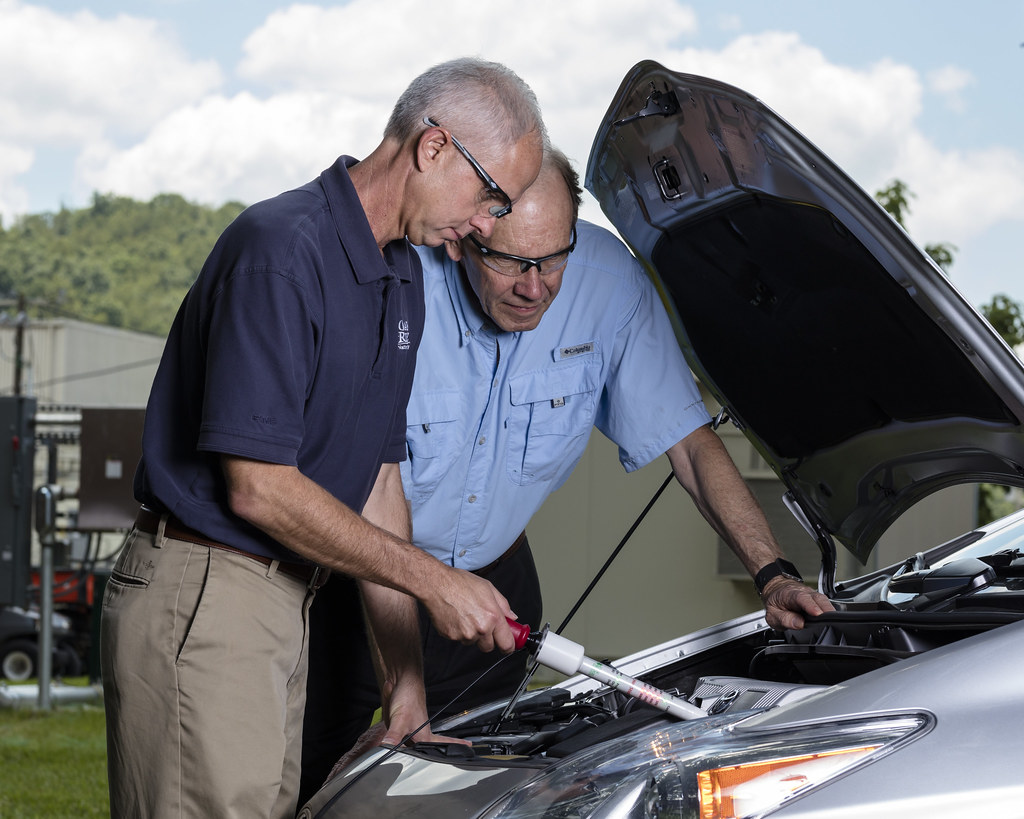
8. **Keep Up with General Regular Maintenance**No matter how well you drive or what tips you follow, your car will never keep good mileage if you don’t maintain it. Regular maintenance is the cornerstone of vehicle health and fuel efficiency. Robert states, “Keeping tabs on the maintenance of your car is very similar to how you go for medical checks occasionally.” This allows you to “identify an issue before it becomes worse and starts to affect your vehicle’s performance.”
Maintaining your car ensures that all components are working optimally, which in turn helps to maximize fuel efficiency. This means keeping up with regular oil changes, replacing air filters, checking spark plugs, and ensuring your cooling and transmission systems are in good order. An engine that has to work harder due to a lack of lubrication or air intake won’t give you optimal gas mileage, as Vorisek points out.
Basic maintenance, such as checking your oil at least once a month and changing it every 3,000 to 5,000 miles (or as recommended by your manufacturer), ensures fresh oil reduces friction and the engine runs smoothly. Similarly, checking your air filter every 12,000 to 15,000 miles and replacing it if dirty improves airflow, optimizing combustion. Regularly inspecting spark plugs every 30,000 miles ensures efficient combustion. These seemingly small actions collectively contribute to a healthier, more fuel-efficient vehicle.
As we continue our journey to master fuel efficiency, the focus shifts from immediate habits to more intricate, yet equally vital, aspects of vehicle care and strategic choices. This second section delves into the specifics of advanced component maintenance, smart accessory selections, and how innovative technological considerations can further stretch every gallon of gas. These are the expert-backed methods that build upon the fundamentals, offering deeper insights into keeping your car running at its absolute peak efficiency.
Read more about: Mastering Winter: 12 Smart Ways to Prepare Your Older Car for Icy Roads and Freezing Temperatures
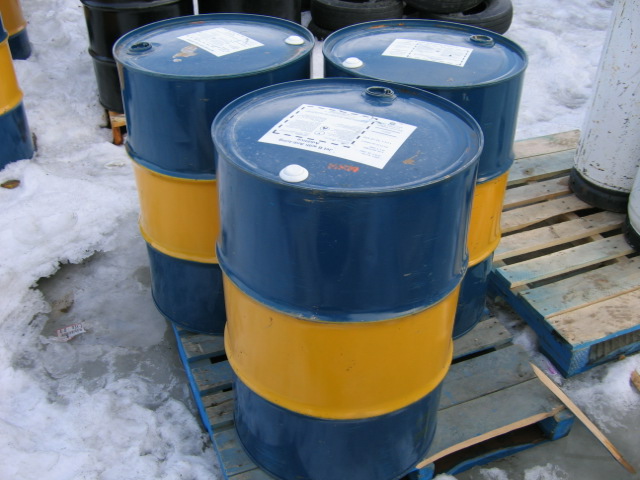
9. **Avoid Fuel Additives and Gimmicks**In the quest for better gas mileage, it’s easy to be swayed by various online gimmicks and additives that promise miraculous fuel efficiency boosts. However, caution is key when considering such products. Many of these claims are unsubstantiated, and relying on them can lead to disappointment or, worse, potential damage to your vehicle.
Chris “Moose” Pyle, an automotive expert with JustAnswer, offers a straightforward perspective on this: “If most of these were legit, the manufacturer would have already put the device on your car or recommended the additive with every fuel tank.” This simple truth underscores why extensive research is essential before investing in any fuel-saving additive. If a solution were truly revolutionary, it would likely be integrated into vehicle design or widely endorsed by reputable automotive professionals.
Most of these aftermarket products often offer minimal gains, typically less than 3 percent. More concerning is the risk they pose. Pyle warns that these additives “can potentially damage your engine or emissions system over time, causing repair bills that could be $1000 plus.” The cost of potential repairs far outweighs any negligible savings they might initially promise. Therefore, it’s wise to stick to proven methods and manufacturer recommendations rather than experimenting with unverified products.
Read more about: Clint Eastwood at 95: The Unyielding Philosophy Behind a Hollywood Icon’s Enduring Longevity and Why He’ll Never Retire
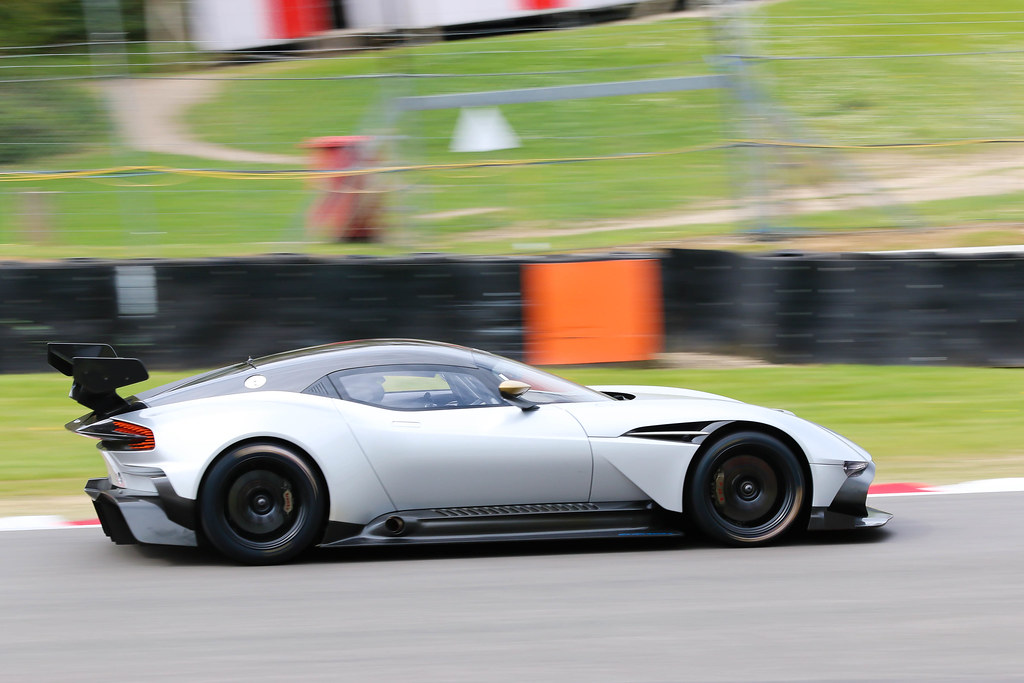
10. **Optimize Aerodynamics with an Air Dam**Aerodynamics play a surprisingly significant role in your car’s fuel efficiency, especially at higher speeds. One often-overlooked component that contributes to this is the plastic air dam, sometimes referred to as a spoiler, located at the bottom front of your vehicle. This seemingly minor part performs a crucial function in managing airflow around and under your car.
An intact air dam literally dams off airflow to the undercarriage of your car, forcing the air up and over the hood. This clever design helps your car cut through the air with less drag, reducing the resistance your engine has to overcome to maintain speed. Less drag means less effort from the engine and, consequently, less fuel consumption.
Beyond just reducing drag, an air dam also increases airflow to critical components like the A/C condenser and radiator. By ensuring these systems receive adequate cooling, it reduces the load on your car’s electrical system. This indirect benefit further contributes to overall engine efficiency. If your car’s original air dam is broken or missing, replacing it can restore these aerodynamic advantages and help improve your gas mileage. For vehicles with aftermarket roof racks, additional spoilers can also be fitted to further enhance their aerodynamics, providing even more fuel savings.
Read more about: Unleashing the Beast: The 12 Essential Aftermarket Mods to Maximize Your Dodge Challenger’s Performance
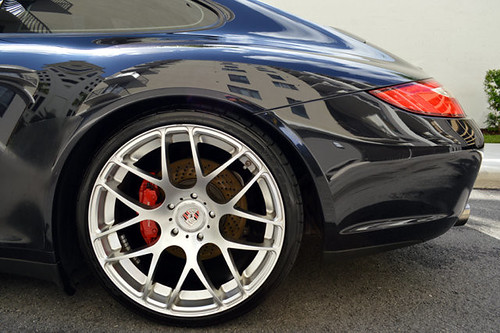
11. **Choose Fuel-Efficient Tires**While proper tire inflation is paramount, the type of tires you choose also has a direct impact on your car’s miles per gallon. Tire selection affects rolling resistance, which is the friction generated as your tires roll across the road. More resistance means your engine has to work harder, consuming more fuel.
Bigger tires and tires with aggressive, knobby treads, commonly found on off-road vehicles, naturally have more rolling resistance. This increased friction translates directly to higher fuel costs at the pump. Conversely, “some tires on the market are designed to offer low rolling resistance,” as John Vorisek, founder at Repair Surge, points out. These specialized tires are engineered with compounds and tread patterns that minimize friction, allowing your car to roll more freely and efficiently.
Another consideration is the difference in rolling resistance between winter tires and all-season tires. Winter tires are designed for superior grip in cold, icy, and snowy conditions, often having softer compounds and deeper, more aggressive treads. While essential for safety in winter, their design typically leads to higher rolling resistance. Vorisek advises that “it’s best to remove winter tires once the cold season is over” to avoid unnecessary fuel consumption. Swapping to all-season or low-rolling-resistance tires in warmer months ensures your vehicle is optimized for both safety and fuel economy.
Read more about: Fuel Your Savings: The 13 Best Free Apps for Finding the Cheapest Gas Prices Today
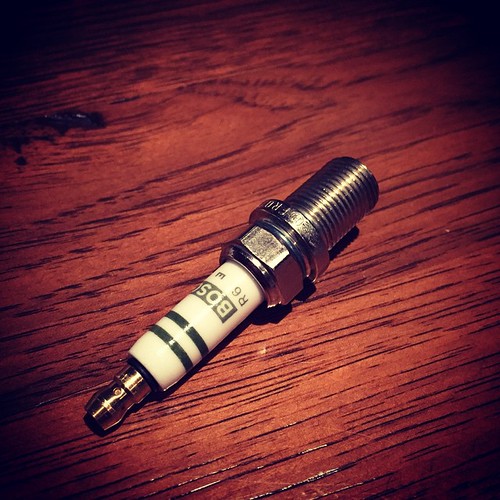
12. **Ensure Optimal Combustion with Spark Plugs and Air Filters**Regular maintenance is the bedrock of fuel efficiency, and two components that play a particularly critical role in ensuring optimal fuel combustion are spark plugs and air filters. A healthy engine is one that burns fuel efficiently, transforming every drop into maximum power with minimal waste. When these components are neglected, your engine works harder and consumes more fuel than necessary.
Spark plugs are the ignition source for the air-fuel mixture in your engine’s cylinders. Vorisek recommends inspecting and replacing spark plugs and other ignition components regularly, emphasizing that “These parts are critical for efficient fuel combustion.” Even if your spark plugs are rated for 100,000 miles, replacing them earlier can be beneficial. For instance, if plugs rated for 100,000 miles have 80,000 miles on them, “they’re 80 percent worn, which will lead to more misfires and incomplete combustion.” Proactive replacement, even if it means an extra set over the car’s lifetime, ultimately saves fuel. Many four-cylinder engines, for example, require new spark plugs at 30,000- or 60,000-mile intervals, so always check your owner’s manual.
Equally important is the air filter, which ensures your engine receives a clean, ample supply of air for combustion. Your engine sucks in an astounding “14 million gallons of air through the air filter every year.” On older vehicles (pre-1999), a dirty air filter can increase fuel usage by almost 10 percent. While newer vehicles are smarter, their computers detecting lower airflow and cutting back on fuel, this results in a lack of power and pick-up. Checking your air filter when you change your oil and replacing it at least once a year—or more frequently in dirty, dusty conditions—is a simple, cost-effective way to improve airflow, optimize combustion, and enhance fuel efficiency.
Read more about: Decoding the Dreaded Oil Guzzle: 9 Critical Engine Issues That Emerge Beyond 80,000 Miles
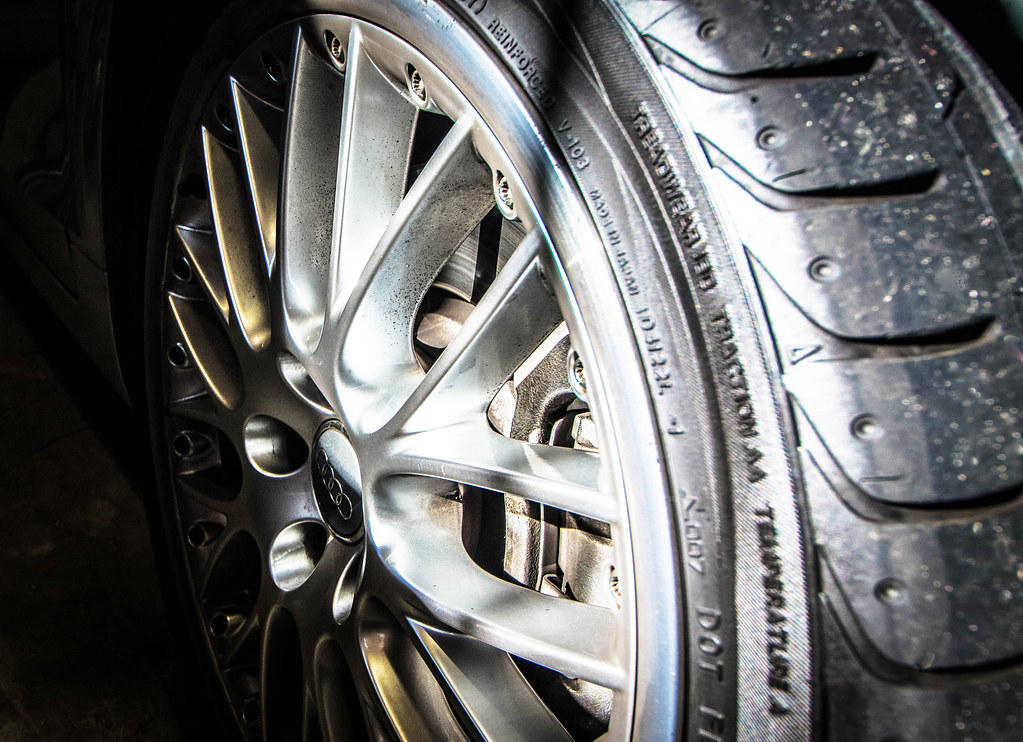
13. **Maintain Proper Wheel Alignment**Just like properly inflated tires, correctly aligned wheels are fundamental to maximizing your car’s gas mileage and ensuring safe driving. When your wheels are out of alignment, they don’t roll straight and parallel, leading to increased rolling resistance and premature tire wear. This subtle issue can silently drain your fuel tank and compromise your vehicle’s handling.
John Vorisek from Repair Surge highlights the importance of this: “Incorrect wheel alignment can reduce gas mileage and it’s also a safety hazard.” To illustrate the impact, he provides a vivid analogy: if your tires are bowed out of alignment by just 0.017 inches, it’s the equivalent of dragging your tire sideways for 102 miles for every 20,000 miles you drive. This constant sideways drag forces your engine to work significantly harder, directly increasing fuel consumption.
Vorisek recommends performing a professional wheel alignment after any steering or suspension work to correct these issues. For those keen on a DIY check, you can use a tread depth gauge to measure the tread depth on both edges of each tire, including the rear. If you find that one side of a tire is significantly more worn than the other, it’s a clear indication that your car needs to be aligned. Addressing alignment promptly not only saves on fuel but also extends tire life and enhances overall vehicle safety.
Read more about: The Essential 15: Unlocking Success by Asking the Right Questions to Your Potential Business Partner
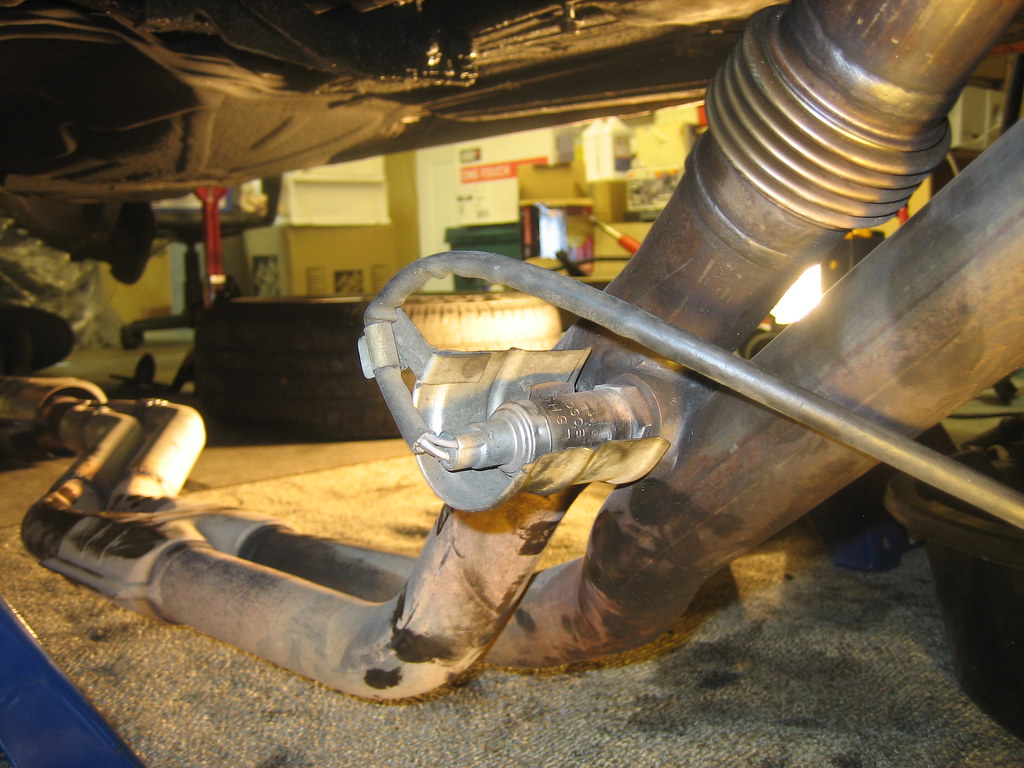
14. **Replace Oxygen Sensors Proactively**Oxygen sensors are unsung heroes in your car’s engine management system, playing a vital role in monitoring the efficiency of combustion. They achieve this by tracking the amount of oxygen remaining in the exhaust gases, providing crucial feedback to the engine’s computer. However, these critical components degrade over time, and their diminished performance can lead to a significant drop in gas mileage.
A failing oxygen sensor can cost you up to 15 percent in gas mileage, a substantial loss that often goes unnoticed until a warning light appears. When these sensors fail completely, they trigger the ‘service engine soon’ light on your dashboard, necessitating a diagnostic fee to identify the problem. The hidden cost, however, is the accumulated fuel waste prior to the light even coming on.
To keep your mileage at its peak and avoid these issues, proactive replacement is advised. For vehicles manufactured in 1996 and newer, it’s recommended to replace the oxygen sensors every 100,000 miles. For older vehicles, pre-1996 models, a more frequent replacement interval of every 60,000 miles is suggested. While some vehicles may have as many as four oxygen sensors, those installed behind the catalytic converter are generally less prone to failure, so focus on the primary sensors for preventative maintenance.
Read more about: Beyond the Hood: Unraveling the Disappearance of Carburetors from Modern Automotive Engineering
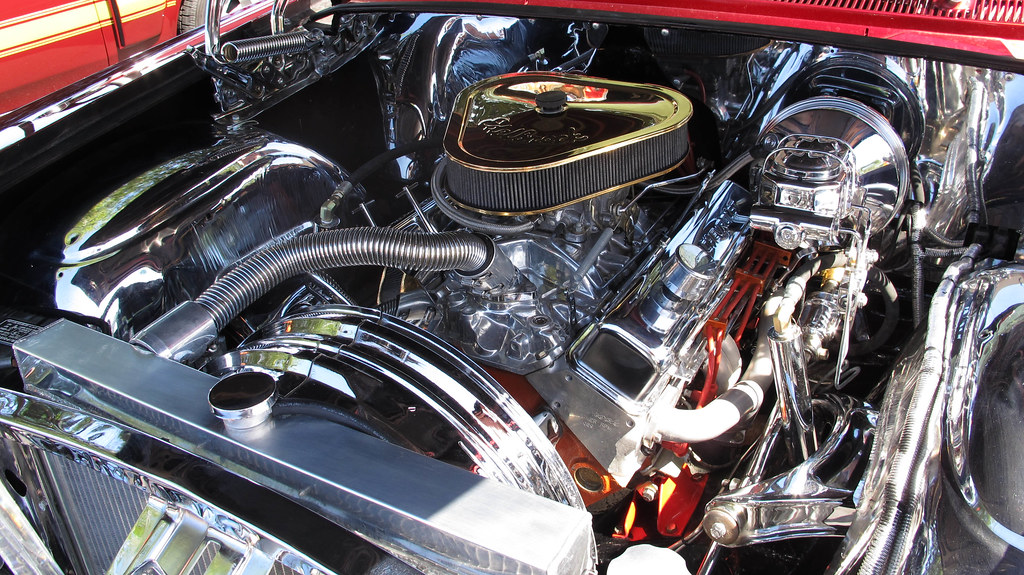
15. **Address Thermostat Issues Promptly**The thermostat might seem like a small, unassuming part, but it plays a critical role in regulating your engine’s operating temperature, which directly impacts fuel efficiency. A thermostat that isn’t functioning correctly – either opening too quickly or staying open – can cause the engine’s coolant temperature to drop dramatically. This mega-chill effect can significantly reduce your gas mileage.
When an engine runs too cool, it struggles to reach and maintain its optimal operating temperature, which is essential for efficient fuel combustion. The engine’s computer will try to compensate for the lower temperature by richening the fuel mixture, burning more gas than necessary to produce the same amount of power. This leads to wasted fuel and a noticeable decrease in your miles per gallon.
Fortunately, checking your thermostat is a fairly easy DIY task. All you need is an inexpensive infrared laser thermometer. Once your engine is warmed up, simply aim the thermometer at the thermostat housing. If the reading is less than 160 degrees Fahrenheit, it’s a strong indicator that you’re wasting gas and it’s time to replace the thermostat. For more accurate readings, you can spray the thermostat housing with black paint prior to testing to reduce reflection errors. Replacing a failing thermostat is often straightforward and can quickly restore your engine to its proper operating temperature, saving you fuel.
Read more about: Beyond Fatigue: Crucial Thyroid Disorder Symptoms You Should Never Overlook, Including Early Signs That Begin in Your Hair and Skin
Improving your car’s gas mileage is an ongoing commitment, a blend of smart driving, diligent maintenance, and informed choices. From understanding the subtleties of component-specific care like spark plugs and oxygen sensors, to making strategic accessory decisions like tire selection and aerodynamic enhancements, every step contributes to a more efficient and economical ride. By implementing these expert-backed strategies, you’re not just saving money at the pump; you’re also extending the life of your vehicle and making a positive impact on the environment. It’s about taking control, making informed decisions, and enjoying the open road with newfound confidence and efficiency. Remember, every little tweak adds up to big savings and a smoother, more sustainable driving experience.



